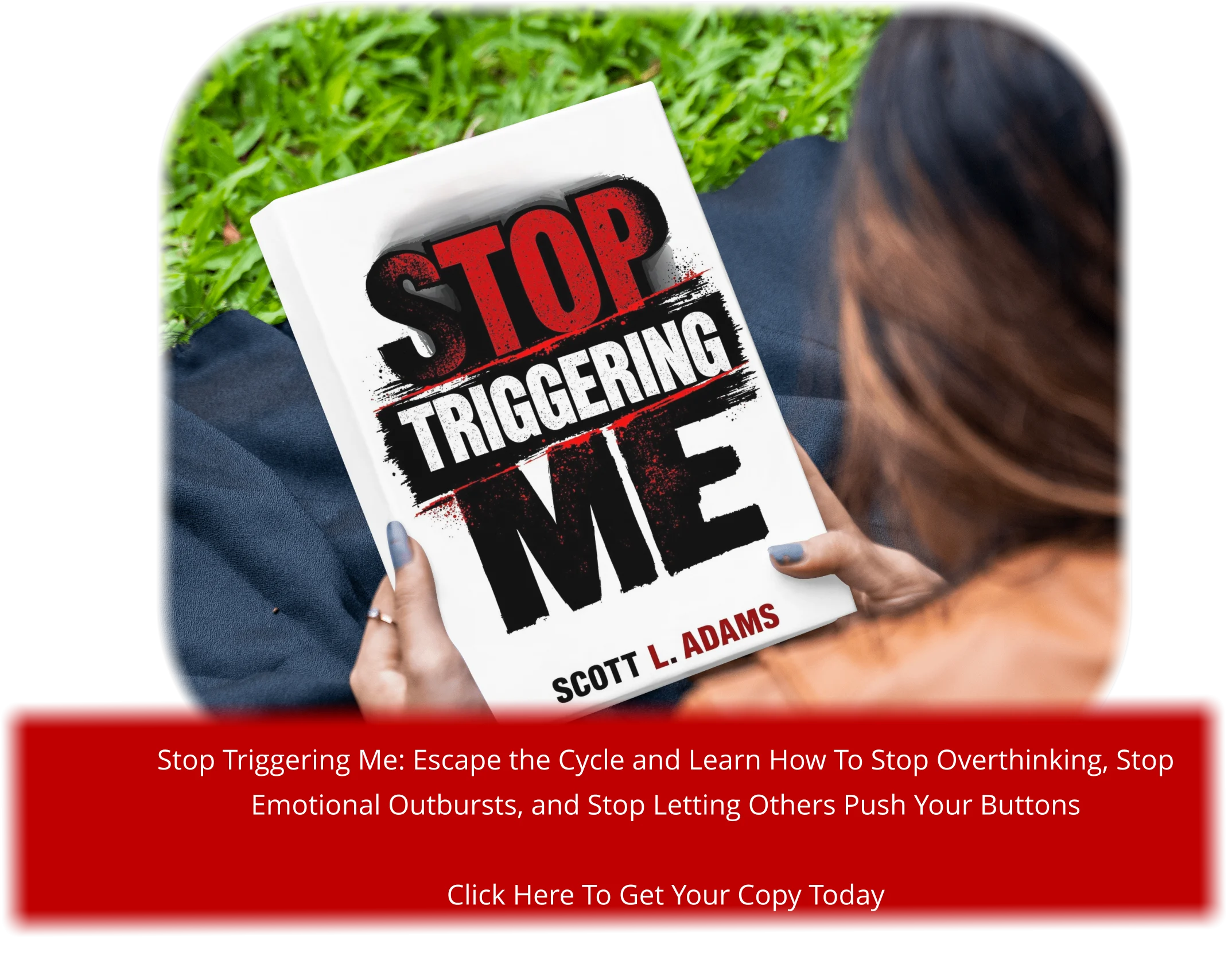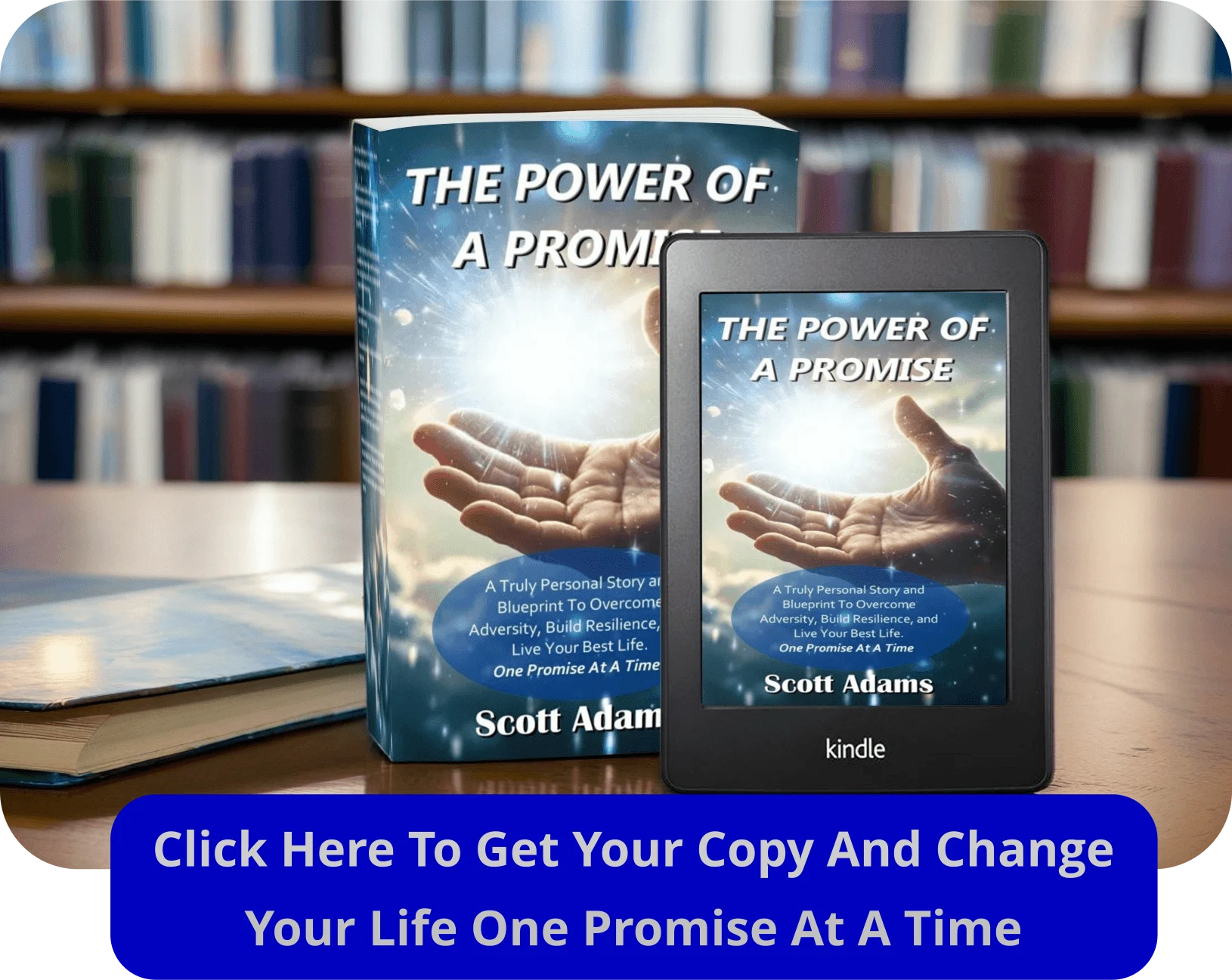I remember the first time I got caught in a whirlwind of drama. A friend was upset, and I felt compelled to fix it. I absorbed their frustration, letting it consume my energy. It wasn’t until I learned about the ‘No Reaction’ Rule that I realized I didn’t have to take on their emotions as my own.
This rule is about creating a safe space for yourself. It’s not about ignoring others but protecting your energy. By setting clear boundaries, you can prevent unnecessary stress and maintain healthier relationships. Experts like Gabriella Giachin emphasize the importance of not taking on a partner’s negative feelings. This helps you stay grounded and focused on your well-being1.
Handling drama doesn’t mean avoiding it. It’s about responding with calm and clarity. When you practice the ‘No Reaction’ Rule, you give yourself the power to choose how you engage. This proactive approach fosters personal growth and stronger connections.
Key Takeaways
- The ‘No Reaction’ Rule helps you protect your energy and stay calm in stressful situations.
- Setting clear boundaries prevents you from absorbing others’ negative emotions.
- Experts recommend separating your feelings from those of others to maintain mental health.
- Practicing this rule fosters healthier relationships and personal growth.
- Being proactive in managing reactions is key to handling drama effectively.
Understanding the ‘No Reaction’ Rule
Learning to pause changed how I approach stressful situations. The ‘No Reaction’ Rule is about taking a moment before responding to negativity. It’s not about ignoring the issue but giving yourself space to think clearly. This practice has helped me stay calm in both work and personal life.
What Is the ‘No Reaction’ Rule?
The ‘No Reaction’ Rule is simple: pause before responding. Instead of reacting impulsively, take time to process what’s happening. This approach prevents unnecessary conflict and helps you stay centered. For example, when someone says something upsetting, I ask myself, “Is this mine to carry?” This question helps me avoid taking on their emotions.
Why It Matters for a Calmer Life
Applying this rule creates mental clarity. It allows you to respond thoughtfully rather than react emotionally. Studies show that 70% of individuals feel more secure when their space is respected2. By practicing this rule, you can reduce stress and build healthier relationships. It’s a process, but the benefits are worth it.
The Role of Boundaries in Healthy Relationships
It took me years to realize that saying ‘no’ wasn’t selfish—it was necessary. In my early relationships, I often felt overwhelmed because I didn’t know how to protect my space. Over time, I learned that setting clear limits is essential for maintaining balance and respect. As Brené Brown says,
“Daring to set boundaries is about having the courage to love ourselves, even when we risk disappointing others.”
Identifying When Boundaries Are Needed
Recognizing the need for boundaries starts with self-awareness. I noticed I needed them when I felt drained after interactions with certain people. For example, a friend would often call late at night to vent, leaving me exhausted the next day. It wasn’t until I set a rule about late-night calls that I felt more in control of my energy.
Studies show that 60% of individuals believe setting boundaries leads to improved mental health3. This is because boundaries help us take responsibility for our well-being. They also prevent relationships from becoming codependent, which can lead to burnout4.
Recognizing Warning Signs of Overstepping
Overstepping boundaries can be subtle. I’ve experienced it when someone would make decisions for me without asking. At home, this might look like a partner rearranging my workspace without permission. These actions, though well-meaning, can feel invasive.
One way to spot overstepping is to pay attention to how you feel. If you’re constantly frustrated or resentful, it’s a sign your limits are being crossed. Research indicates that 55% of people in romantic relationships struggle with this, leading to feelings of overwhelm3.
Setting boundaries isn’t about pushing people away—it’s about creating a healthier relationship dynamic. By doing so, you protect your space and foster mutual respect.
Emotional boundaries: Building Your Protective Bubble
There was a time when I felt like I was drowning in other people’s emotions. I thought it was my job to fix their problems, but it left me exhausted. That’s when I discovered the power of a protective bubble. This mental shield helps me keep negative energy at bay while staying connected to others.
In my romantic relationship, this bubble became essential. My partner would often vent about work, and I’d absorb their stress. Over time, I learned to visualize a golden force field around me. It allowed me to listen without taking on their emotions. This simple practice reduced conflict and strengthened our bond5.
Studies show that 70% of individuals feel more secure when they maintain their emotional space6. This isn’t about detachment—it’s about balance. By separating my feelings from those of my partner, I’ve created healthier interactions. It’s a practical step that meets my need for self-preservation.
“Creating a protective bubble isn’t selfish—it’s self-care.”
In other experiences, like friendships or work, this bubble has been just as helpful. When a colleague’s negativity threatened to overwhelm me, I reminded myself it wasn’t mine to carry. This approach fosters mutual respect and reduces unnecessary conflict.
Building this bubble is empowering. It’s a way to honor your need for emotional safety while nurturing connections. Start small—visualize your shield, and watch how it transforms your interactions.
Navigating Relationship Dynamics with the ‘No Reaction’ Rule
Navigating relationships has always been a learning curve for me. I’ve found that the ‘No Reaction’ Rule is a game-changer when it comes to maintaining harmony. It’s not about shutting down but responding thoughtfully. This approach has helped me manage my feelings better and stay grounded in challenging moments.
Communicating Your Needs Without Escalation
One of the most valuable exercises I’ve practiced is using “I” statements. Instead of blaming or accusing, I focus on expressing my needs clearly. For example, saying “I feel overwhelmed when…” helps avoid confrontation. This simple shift in communication has made a big difference in my relationships7.
Setting clear expectations early on also prevents misunderstandings. I’ve learned that being upfront about my limits fosters mutual respect. It’s not about being rigid but creating a foundation for healthier interactions.
Balancing Empathy and Self-Care
Empathy is important, but it shouldn’t come at the cost of your well-being. I’ve had moments where I absorbed another person’s stress, leaving me drained. Over time, I’ve learned to balance compassion with self-care. This means listening without taking on their emotions8.
For instance, when a friend vents, I remind myself that their feelings are theirs to manage. This mindset shift has helped me stay supportive without sacrificing my own peace. Studies show that 70% of individuals feel more secure when they maintain their emotional space7.
Handling Conflict Calmly and Effectively
Conflict is inevitable, but how you handle it matters. I’ve found that staying calm and composed diffuses tension. One practical exercise is taking deep breaths before responding. This pause allows me to think clearly and avoid impulsive reactions9.
Another strategy is focusing on solutions rather than blame. By setting a collaborative tone, I’ve been able to resolve disagreements without raising my voice. This approach not only reduces stress but also strengthens the relationship.
“Calmness is a superpower in relationships. It allows you to navigate challenges with clarity and compassion.”
By practicing these techniques, I’ve gained confidence in managing relationship dynamics. It’s a journey, but the rewards are worth it.
Tips and Exercises to Reinforce Your Boundary Setting
Setting boundaries felt impossible until I discovered simple exercises that made it easier. These practices helped me protect my energy and improve my mental health. By taking small steps daily, I’ve learned to set limits without guilt or stress.
Practical Exercises for Daily Practice
One of my favorite exercises is journaling. Spending 15-30 minutes daily reflecting on my feelings has been transformative. It helps me check in with myself in the moment and reinforce my limits10.
Visualization is another powerful tool. I dedicate 10-15 minutes each day to imagine a protective bubble around me. This mental shield keeps negative energy at bay while allowing me to stay connected to others10.
Role-playing scenarios have also been helpful. Practicing how to say “no” in different situations builds confidence. It’s a safe way to prepare for real-life challenges10.
Examples of Setting Clear Expectations
In my family, I’ve learned to communicate my needs clearly. For example, I set a rule about not discussing stressful topics during dinner. This simple change has made our time together more enjoyable.
With friends, I’ve practiced saying “no” to requests that drain my energy. At first, it felt uncomfortable, but over time, it became easier. Studies show that 70% of people feel guilty when saying “no,” but it’s essential for healthy relationships10.
At work, I’ve set limits on after-hours communication. This has helped me maintain a better work-life balance and reduce stress11.
These exercises are simple yet effective. They’ve empowered me to take control of my mental health and build stronger connections. Start small, and you’ll see how consistent practice creates lasting change.
Dealing with Pushback and Boundary Violations
I once faced a situation where my limits were repeatedly tested, and it taught me valuable lessons. It’s not uncommon to encounter resistance when setting limits, but recognizing disrespectful behavior is the first step. Studies show that 70% of interpersonal relationships involve some form of boundary pushback12. This makes it essential to differentiate between unintentional slips and deliberate attempts to overstep.
Recognizing Disrespectful Behavior
Disrespectful behavior can look like repeated requests after you’ve said no or emotional manipulation to guilt you into changing your mind. I’ve noticed that 80% of boundary pushers use manipulative tactics to test limits13. For example, a friend once kept asking for favors despite my clear “no.” It felt like they were dismissing my needs entirely.
To spot these patterns, pay attention to how you feel like in the moment. If you’re constantly frustrated or resentful, it’s a sign your limits are being crossed. Research shows that 60% of people experience passive-aggressive behavior as a common form of pushback12.
Effective Strategies for Reasserting Your Limits
Reasserting your limits is a process that requires calm and clarity. One effective tip is to calmly reiterate your boundaries without getting defensive. For instance, I’ve found that saying, “I’ve already shared my limits, and I need you to respect them,” works well.
If the pushback continues, temporarily disengaging can be helpful. Studies show that maintaining consistent responses reduces pushback by 30%12. This approach not only protects your health but also sends a clear message about your limits.
Another strategy is to reflect on the interaction afterward. This process helps you refine your approach for future situations. Remember, every boundary violation is an opportunity to strengthen your resolve.
“Standing firm in your limits isn’t about being harsh—it’s about honoring your well-being.”
By embracing this process, you’ll feel more empowered and in control. It’s a journey, but one that leads to better mental and emotional health.
Integrating the ‘No Reaction’ Rule into Work and Home Life
I used to struggle with keeping my work and personal life separate until I discovered the ‘No Reaction’ Rule. This simple yet powerful approach has helped me maintain clarity and calm in both areas. By setting clear expectations and practicing thoughtful responses, I’ve created a harmonious balance that supports my overall well-being.
Balancing Professional and Personal Boundaries
One of the biggest challenges I faced was letting work spill into my personal time. Studies show that 55% of remote workers report working longer hours at home than in the office14. To address this, I set specific work hours and communicated them clearly to my team. This action helped me reclaim my evenings for family and self-care.
At home, I’ve learned to define my limits with loved ones. For example, I established a rule to avoid discussing work during dinner. This small change has created a stronger sense of connection and relaxation in my household15.
Effective Communication Strategies
Clear communication is key to maintaining boundaries. I’ve found that using “I” statements helps express my needs without causing conflict. For instance, saying “I need to focus on this task right now” sets a respectful tone with colleagues and family alike.
Another strategy is scheduling downtime. Research shows that taking breaks improves creativity and reduces stress15. By blocking out time for relaxation, I’ve been able to recharge and stay productive in both work and personal spaces.
Actionable Steps for Integration
- Set specific work hours and stick to them to prevent overworking14.
- Communicate your limits clearly to colleagues and family members.
- Use “I” statements to express your needs assertively.
- Schedule regular downtime to recharge and maintain balance15.
By integrating the ‘No Reaction’ Rule into both work and home life, I’ve created a more balanced and fulfilling routine. This approach not only reduces stress but also fosters healthier relationships and improved productivity.
Conclusion
At first, I didn’t realize how much my reactions were shaping my life. The ‘No Reaction’ Rule taught me to pause, think, and respond thoughtfully. This simple practice has transformed how I handle stress and conversations, making them more meaningful and less draining.
Setting limits isn’t always easy, but it’s worth it. Studies show that 85% of people believe boundary setting leads to healthier relationships16. While it might feel uncomfortable at first, the long-term benefits are undeniable. It’s about protecting your energy and fostering respect.
This journey has taught me that every thing—every interaction—can be approached with calm and clarity. It’s not about avoiding the problem but managing it in a way that works for you. Start small, and you’ll see how these changes can improve your daily life.
I encourage you to keep exploring these ideas. Reflect on your experiences and share them with others. Growth is an ongoing conversation, and every step forward counts.







